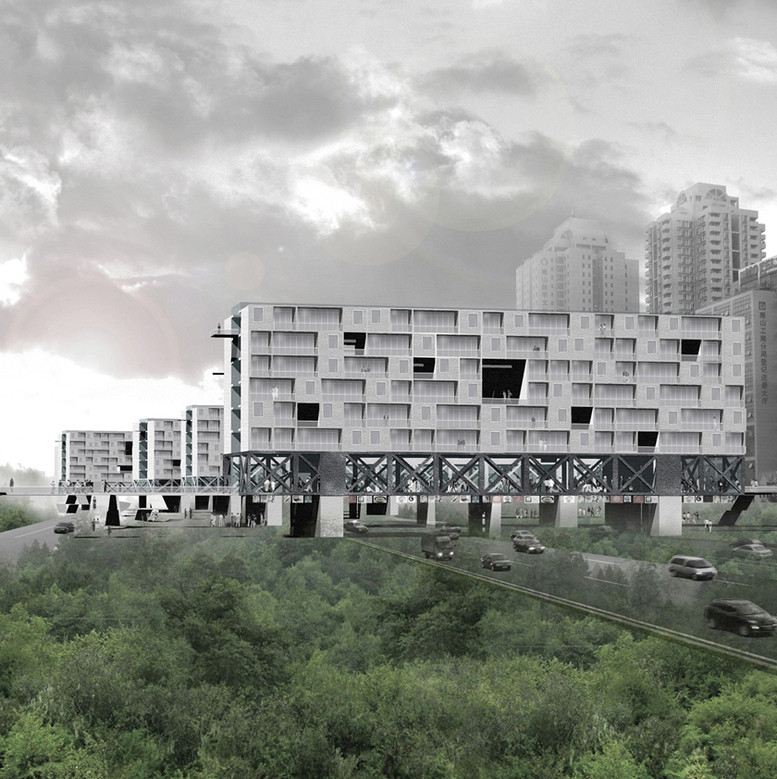
The Berlage Institute closed in 2012. But the Berlage Center for Advanced Studies in Architecture and Urban Design is open for business. And it is accepting students. Located at the Delft University of Technology, though they are independent entities, the new, re-visioned Berlage is not simply a continuation of the original Berlage. Instead, it has been reinvisioned to train students who already have either an M.Arch or a five-year degree.
The Berlage challenges students to understand the issues and principles surrounding the economy, the environment, and society as the route towards good architecture. History and cultural issues are therefore central to this Master’s of Science degree, as they should be. Because in today’s economy, the formula for success demands more than just an agility with computer programs. Students need to be able to exercise critical thinking skills. Unfortunately, many school studios fetishize style over substance but when their students graduate, they are ill-trained.
Rather, it is their firms who actually teach them how to draw a set of plans or elevations, interact practically not arrogantly with clients, and most importantly, how to develop a real project. This is because the idea of a starchitect dominates the educational and professional discourse. However, a talented designer cannot be made no matter how much instructors push students to be idealistic and often impractical in their school projects. But what can be taught, a key factor that every other professional school understands, is a solid foundation. Of skills and knowledge. Not everyone can attain a seat at the Supreme Court or be a world-famous neurosurgeon. But every single student attending law and medical school are trained in basic knowledge and skills. Architecture school too often neglects this. The new Berlage has shaped their curriculum to compensate for those common deficiencies.


